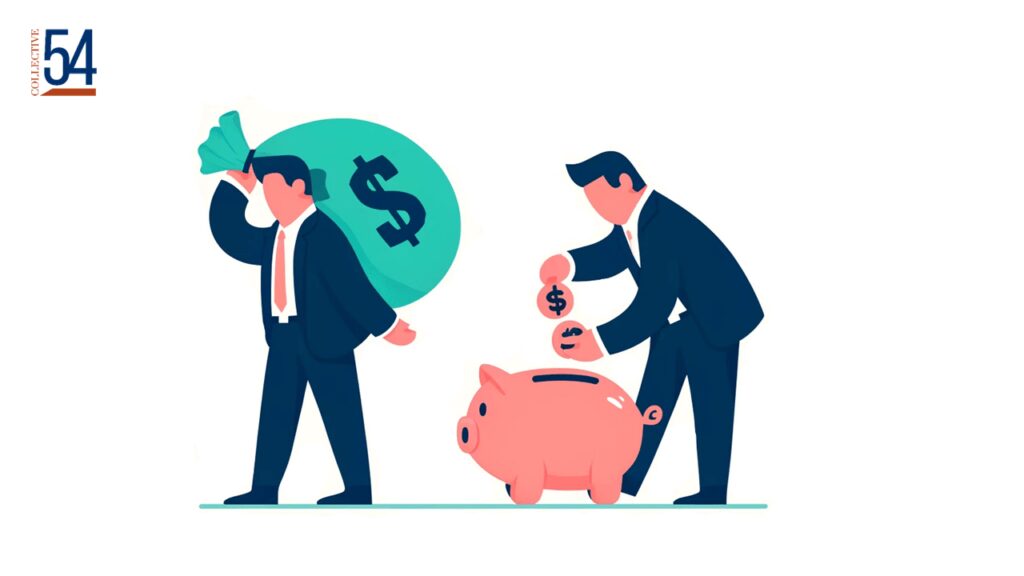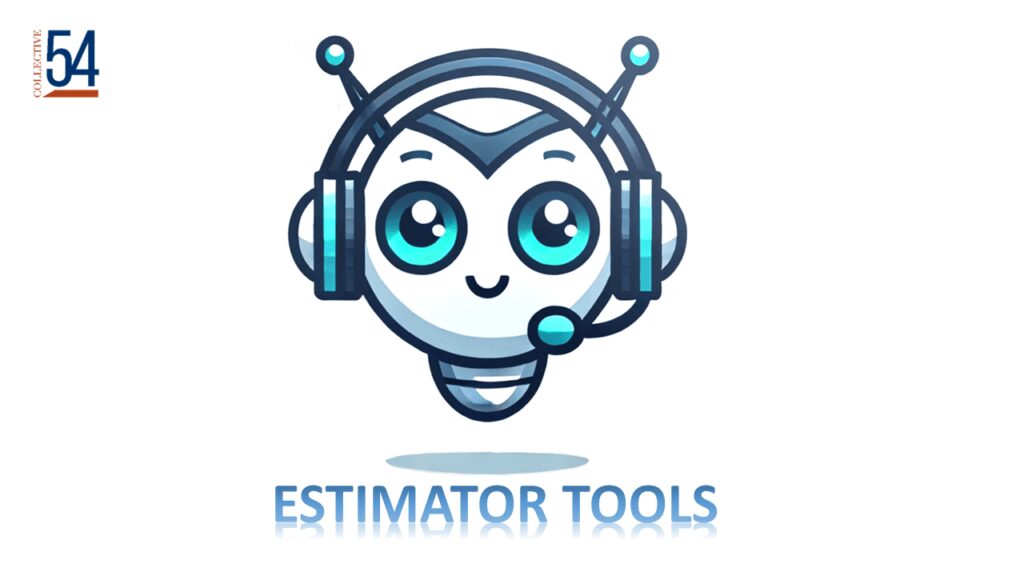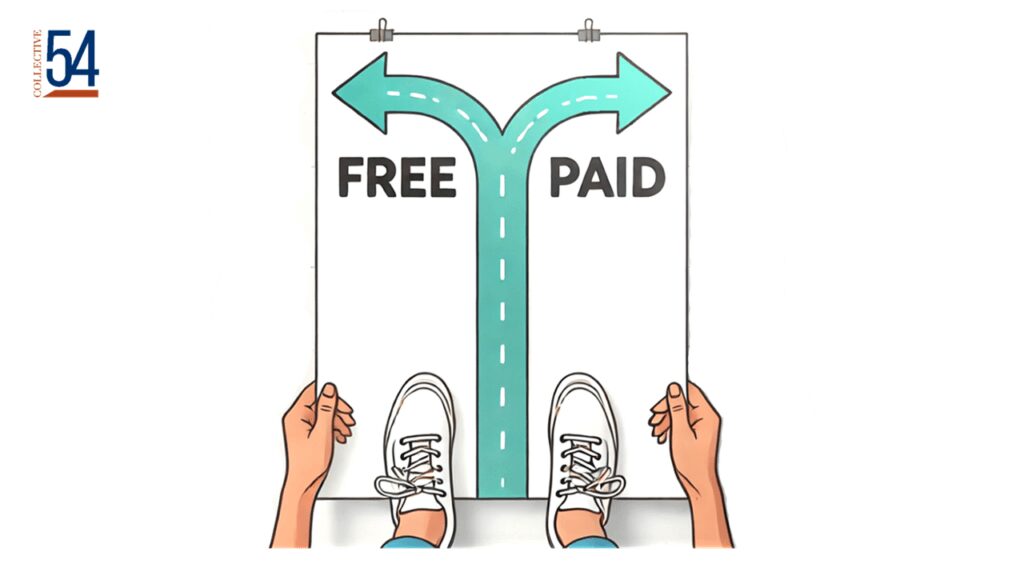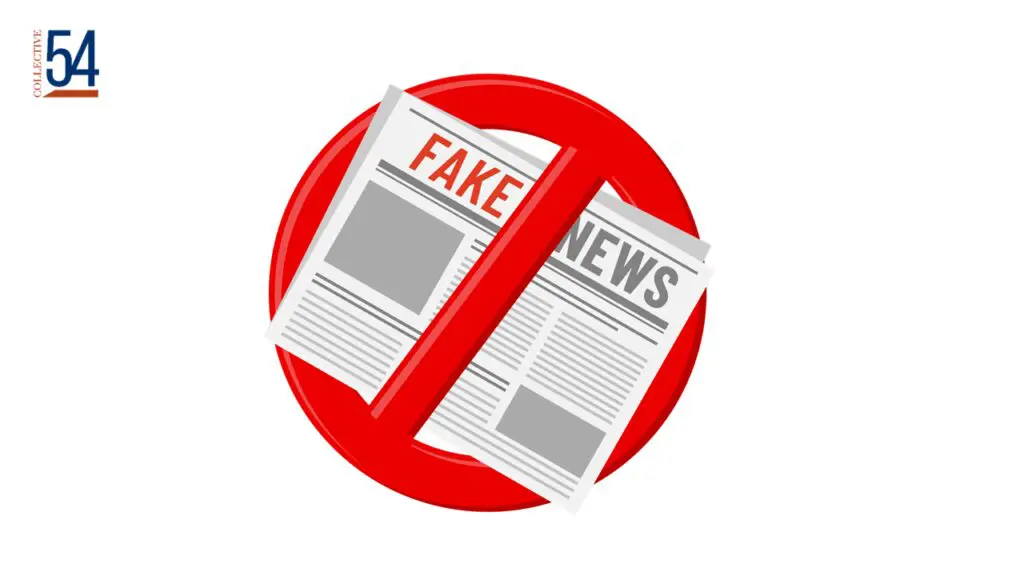Narrow your Focus and Grow your Pro Serv Business
When I launched my consulting firm in 2021, many people were shocked and worried for me when I told them I would only work with construction companies. Initially, I wondered if they might be right, but choosing to specialize in a vertical market has turned out very well for us. My company Well Built Construction Consulting works in strategic plan development and execution support for the construction sector. We’ve been in business for less than four years and have experienced comparably rapid expansion to peer companies precisely because of our targeted approach. We have 10 full-time staff members, an extended team of another 5-8 professionals, and strong net profits at this early stage of growth.










